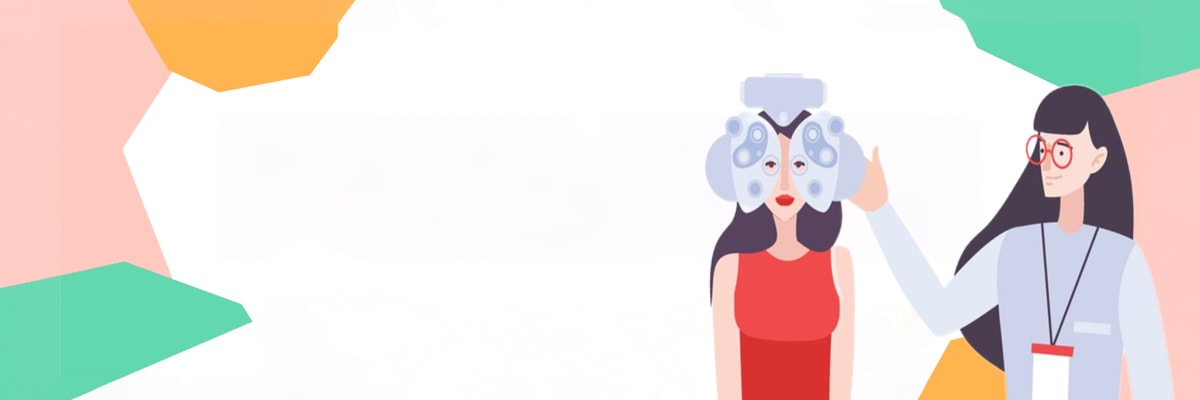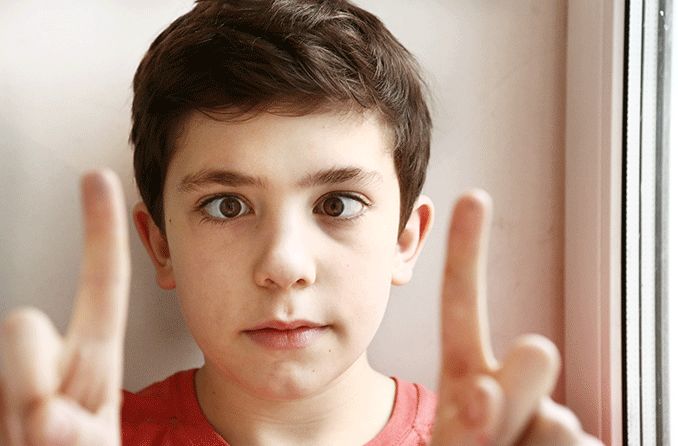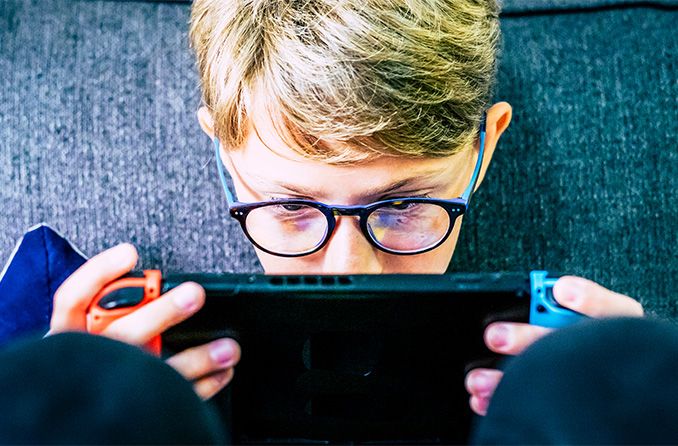
Amblyopia (Lazy Eye)
Many people know amblyopia by the name "lazy eye," but do you know how it develops? Our articles provide valuable information about its causes, diagnosis and treatment options.
Related Articles

Lazy eye (also called amblyopia) can prevent your child from developing normal vision. Learn the warning signs of lazy eye and how to avoid it.

Would playing video games correct lazy eye in children?
All About Vision and AllAboutVision.com are registered trademarks of AAV Media, LLC. © 2000-2025 AAV Media, LLC. The content on this site is for informational purposes only. All About Vision does not provide medical advice, diagnosis or treatment. Contact an eye doctor if you need medical attention.